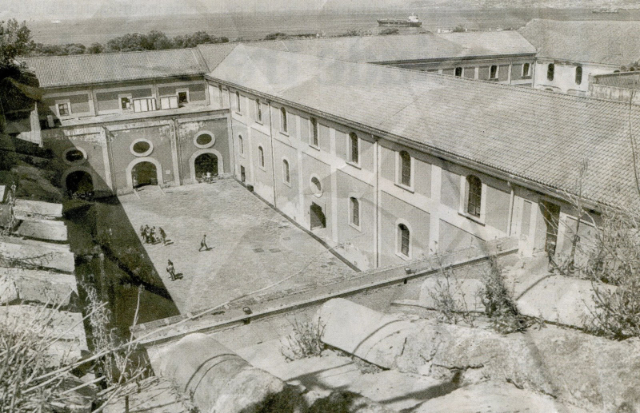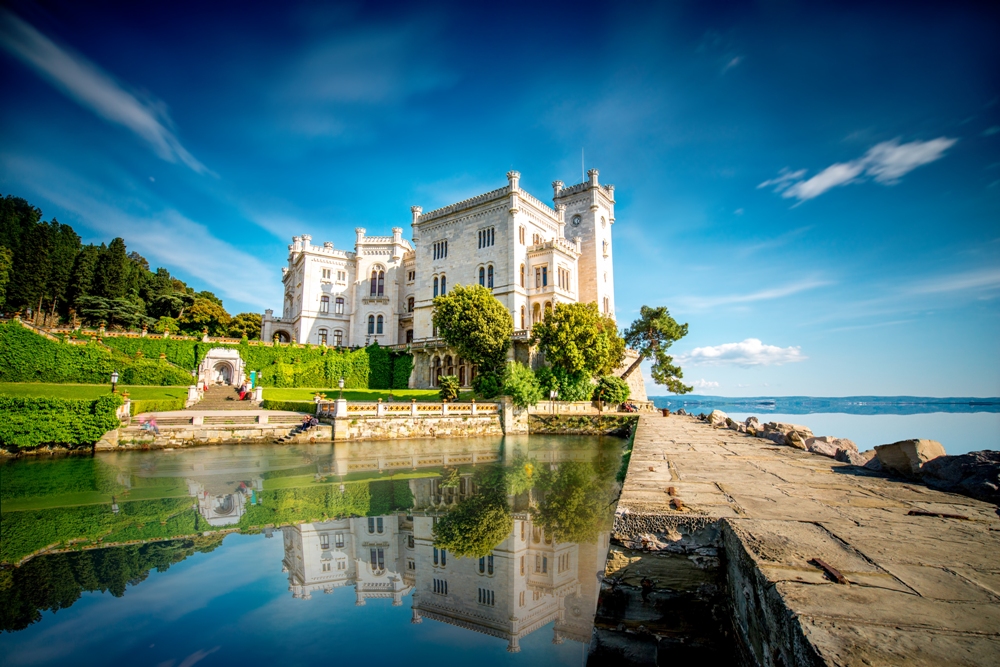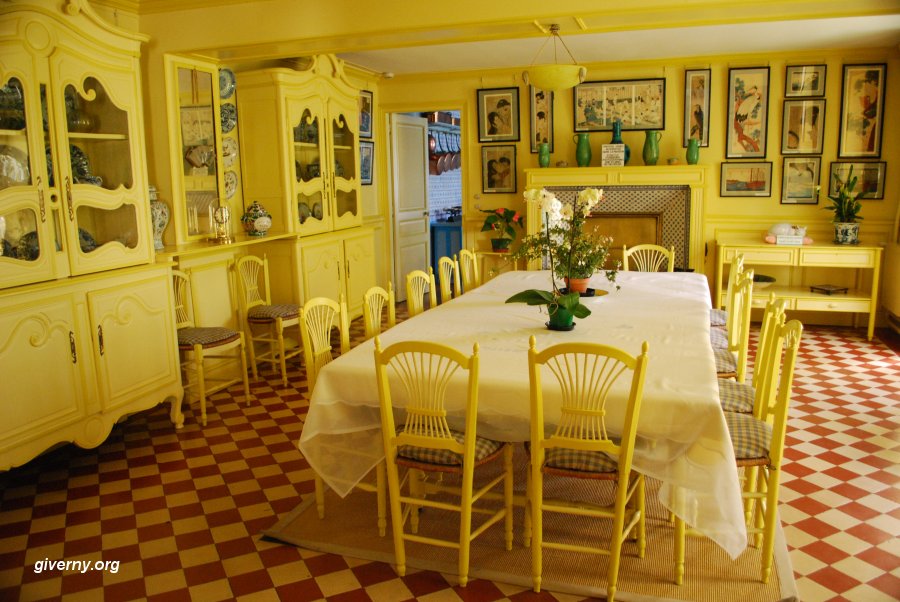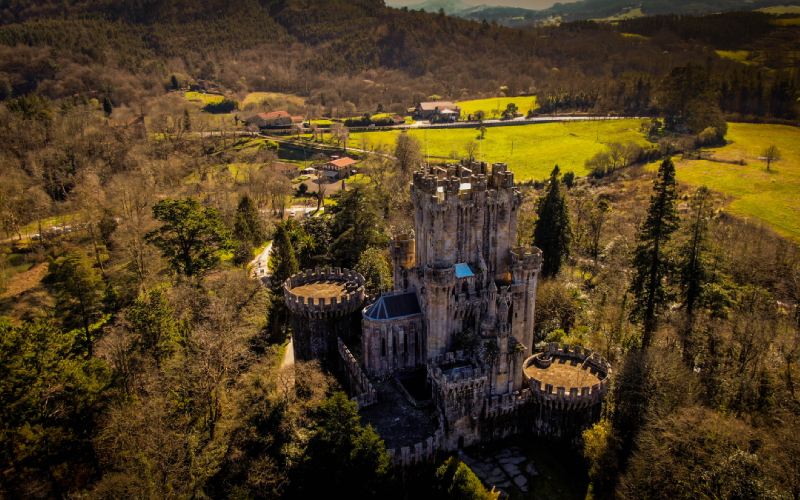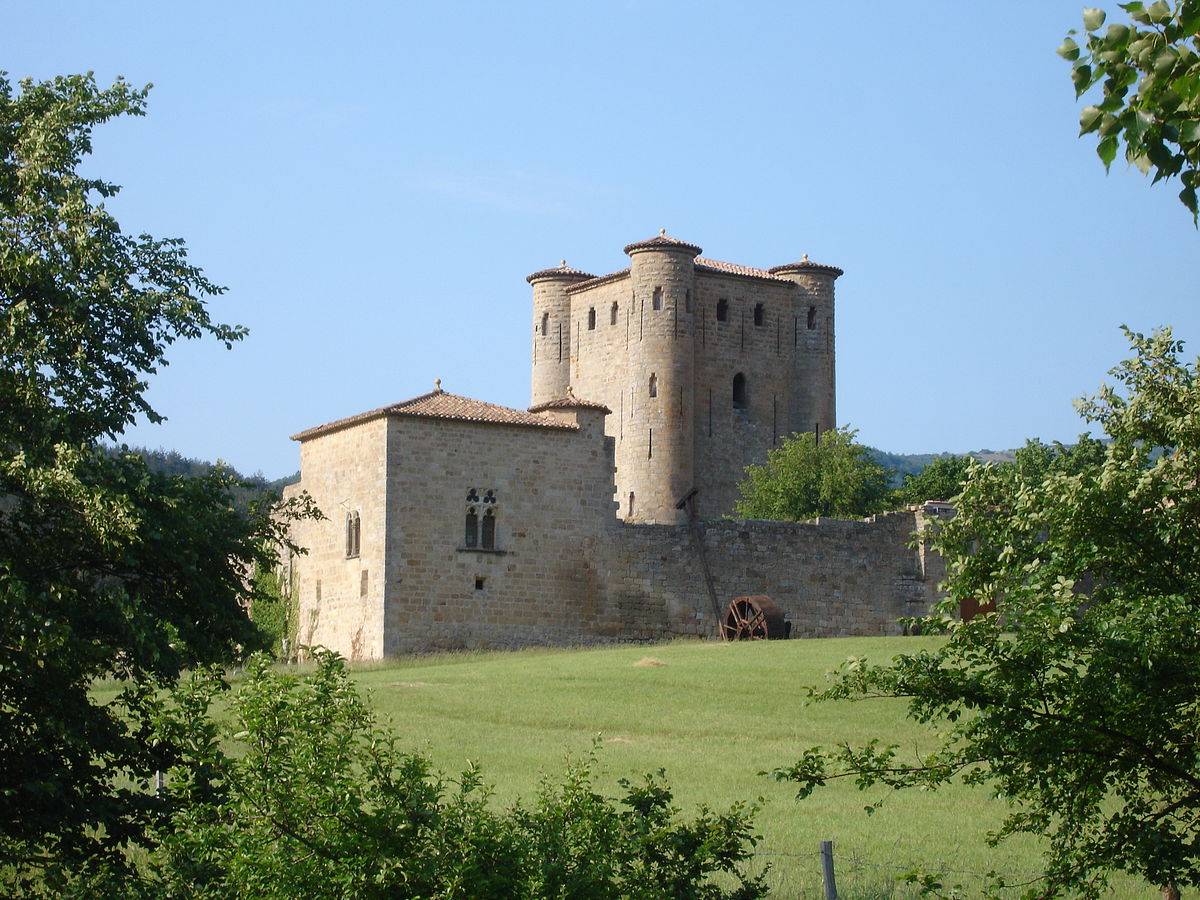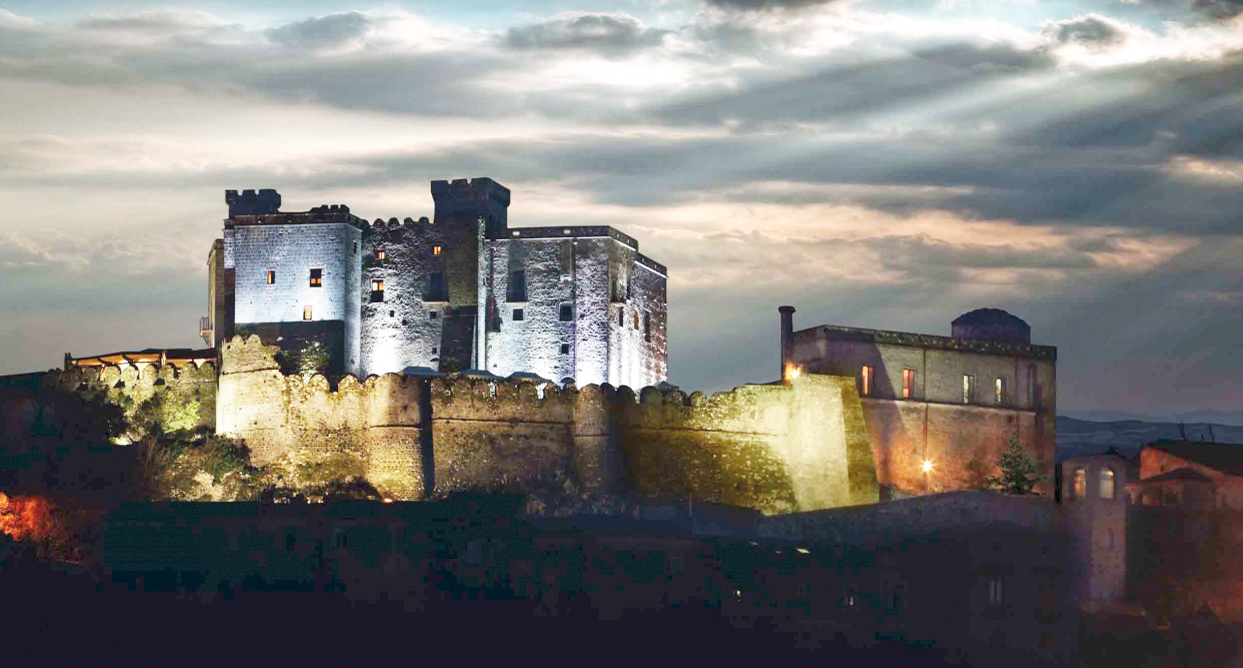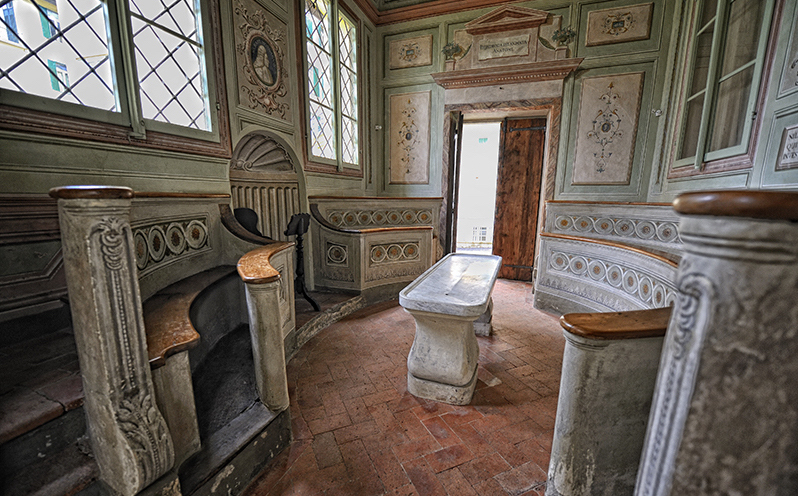<p>Marquis Don Antonio Mascabruno bought in 1692 from the Franciscan fathers a property that went as far as the sea, to make it his country residence. Quadrangular in shape, the villa consisted essentially of an inner courtyard limited by the buildings and surrounded by an extensive forest of holm oaks. The present huge building, which stretches alongside the royal palace with a facade over a hundred meters long and with four entrances, è the work of engineer Tommaso Saluzzi, and was built at the same time as the royal palace to house the stables, after being acquired by King Charles of Bourbon for his grand design of the Royal Site. At the time, more than 1,000 men and three hundred horses cohabited there, as well as housing the carriages used by the Bourbons for celebrations, now at the San Martino Museum. During the execution of work on the transformation of the palace, it was here that a sumptuous Roman villa was discovered: King Charles ordered a passageway to be dug in order to extract archaeological finds, including a marble eagle engraved with the letters Q.P.A. an emblem attributed to the Roman senator Quintus Pontius Aquila and later adopted by the municipality of Portici. The Pontii family being of Samnite origin, è it is likely that this place constituted the boundary of one of the territorial tribes created by Servius Tullius: the Gioviana or Juvanum. In the 1750 map of Giovanni Carafa duke of Noja, Palazzo Mascabruno is shown as Cavallerizza, and in 1775 it was equipped with a spectacular covered gallop: it is a large building of about six hundred square meters with rounded corners and a height equal to the sum of the three floors of the neighboring palace. In the gallop, a lava stone staircase of light-colored and extremely valuable surface puts it in communication with the garden: from the importance of this piperno structure it is assumed that it was not a simple service staircase but rather the entrance reserved for the king, who accessed it directly by passing through the large wood. The wooden truss that supports the building’s roof is of the type used by Palladio for his Venetian villas, and is a great work of engineering: looking closely at it one notices its inverted keel shape, and it is therefore thought to have been made by local maritime shipwrights. Left to decay for decades, the gallop, smaller than that of the Austrian Schonbrunn Castle but predating it, è has recently been finely restored. This is where the Napolitano Horse, pride of the Bourbons and symbol of the palace itself, was bred. The first Greeks who landed on the coast of Campania were so impressed by the local horses that they called them Ennosigaios, shakers of the soil. Later the Etruscans introduced their equines, slender and elegant, which grew stronger in crosses with local horses. The Romans finally crossed them with the hardy Berber horses. The mighty and graceful Neapolitan horse then began to emerge, and the fame of these animals, linked to their endurance and pride was such that Hannibal also stopped at Capua to procure the best horses available in Italy. The actual selection of the Neapolitan horse però è traced back to Charles I d’Angiò while Count Pandone made it the main subject of the splendid frescoes in his castle at Venafro, copied later by the Gonzaga of Mantua. In 1532 Federico Grisone, opened the first riding school in Naples, continued by his pupil Giovanni Battista Pignatelli, who spared no praise for the Neapolitan horse: «They are of good size and superb beauty. With their incredible obedience they follow the music, and they almost spontaneously start dancing.» On the ground floor of the Mascabruno building, now used for classes by students of the Department of Agriculture of the University of Federico II, were originally the barracks warehouses, as well as saddlery workshops, prisons, fencing room and tailoring and shoe workshops for military use. On the mezzanine floor were support rooms to those on the ground floor and the tailors’ and shoemakers’ quarters. On the second floor were the regimental offices, living quarters for officers and their families, as well as those of the adjutant, kitchen and mess hall. On the second floor, the dormitories for the troops. After the conquest of the kingdom by the Savoys, the Mascabruno building passed to the State Property Office, which leased it to the Società Tranviaria Belga to house the horses and carriages that served between Naples, Portici and Torre del Greco, then for many years it was used by the’Italian Army as a depot for the Artillery Directorate of the Italian Army, under the name of Blum Barracks, also giving hospitality to many military families on leave, then after the earthquake of the 1980s it was occupied for many years by families of homeless earthquake victims. ( Article written by writer Lucio Sandon – http://www.lospeakerscorner.eu )</p>
